




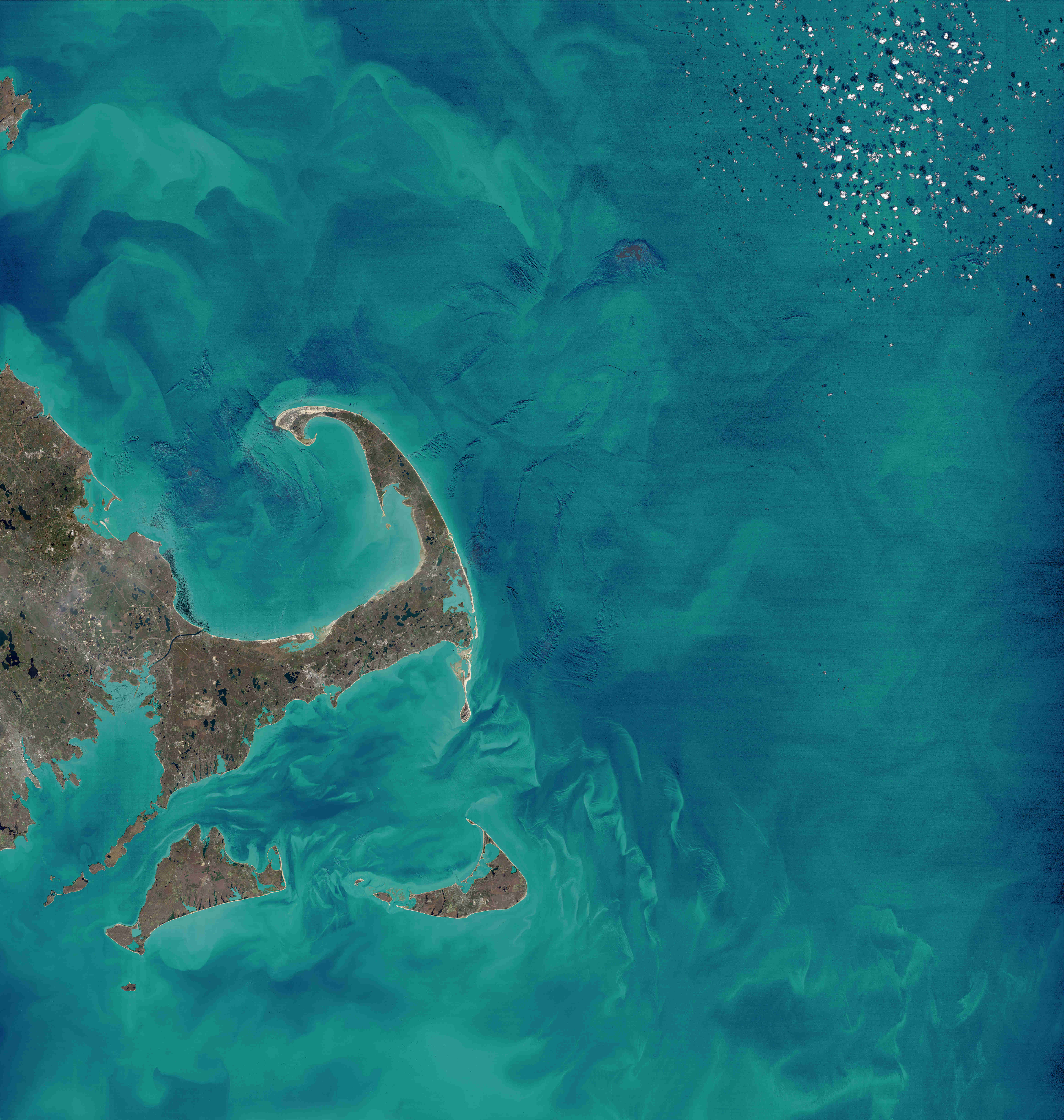
Our ocean planet is a living canvas in which microscopic plankton are so abundant they can transform the color of the sea-surface. At first glance, the ocean appears a solid blue, the result of red spectrum of visible light being absorbed by water. However, the ocean is not a solid color, but rather an ever-changing gradient of blue and green hues. New England’s ocean is often described as emerald-green, the result of an abundance of ocean drifting plankton containing the pigment chlorophyll-a. From a human perspective on Earth, we are too close to the sea-surface to observe the subtle color variations. But from the perspective of NASA Landsat 8 satellites orbiting through space, the ocean’s surface can be viewed as dynamic ever-changing living pallet of swirling brush strokes.
At MIT Sea Grant, we are processing NASA’s raw satellite data into works of art that are also scientifically significant to reveal a series of ocean plankton visualizations. They range from True-color images, that are a realistic color representation of the ocean and plankton, to chlorophyll images, that apply a full color spectrum to reveal the absence and intensity of concentrations of ocean chlorophyll-a. Other plankton visualizations combine a modern-day Andy Warhol vibrant color pallet to communicate the abundance of microscopic creatures. Through haptophytes blues, dinoflagellates yellows, diatom purples, and green-algae green, the processed satellite images are an artistic expression that reveals a deeper understanding into our environment at the microscopic and planetary scale. Each visualization is a limited-edition work of art and an environmentally significant snapshot in time.
◾ For more information on satellite images, please visit vibrantsea.mit.edu.
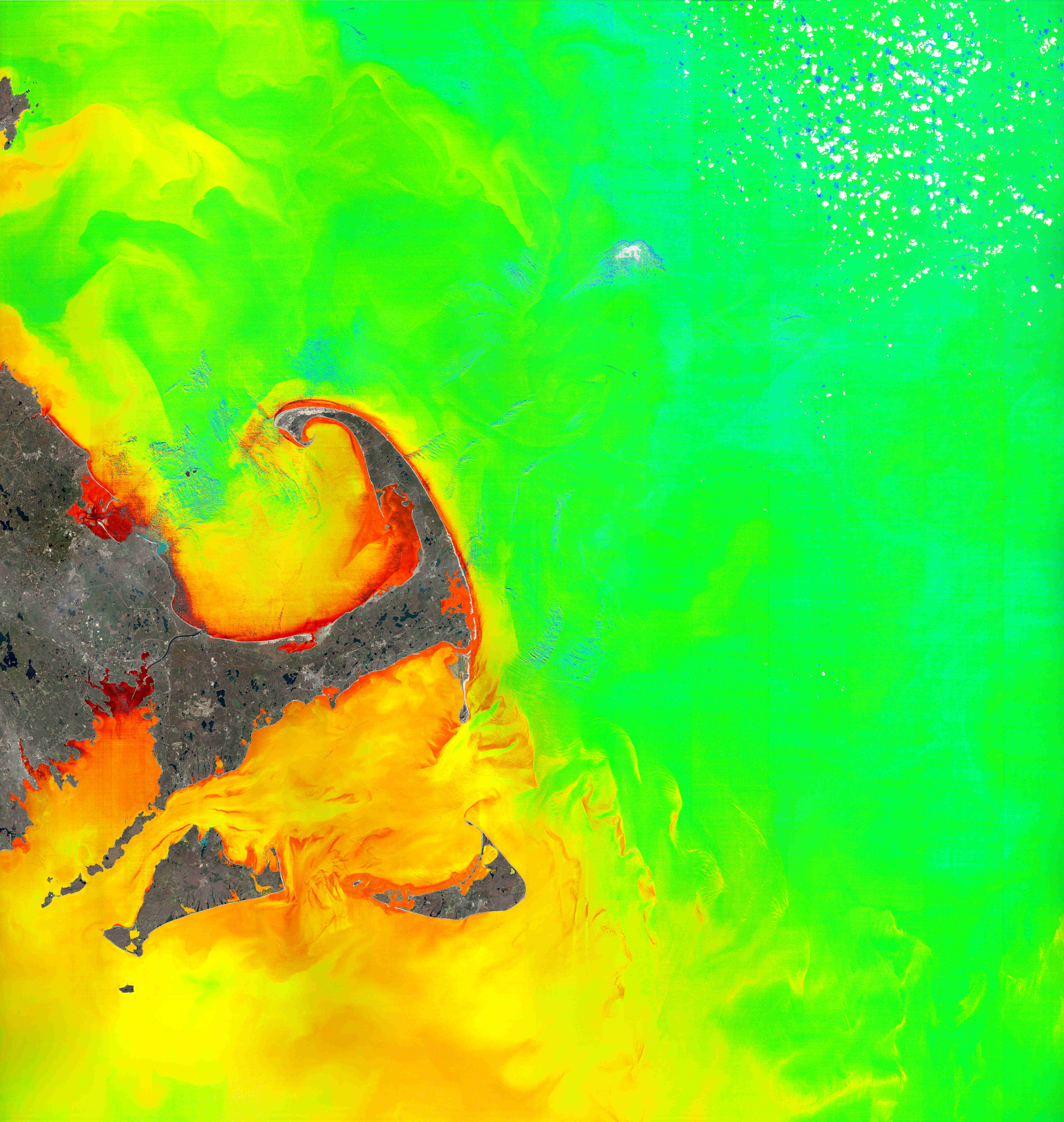
◾ chlorophyll-a | Nov 4, 2019

◾ diatoms | Nov 4, 2019
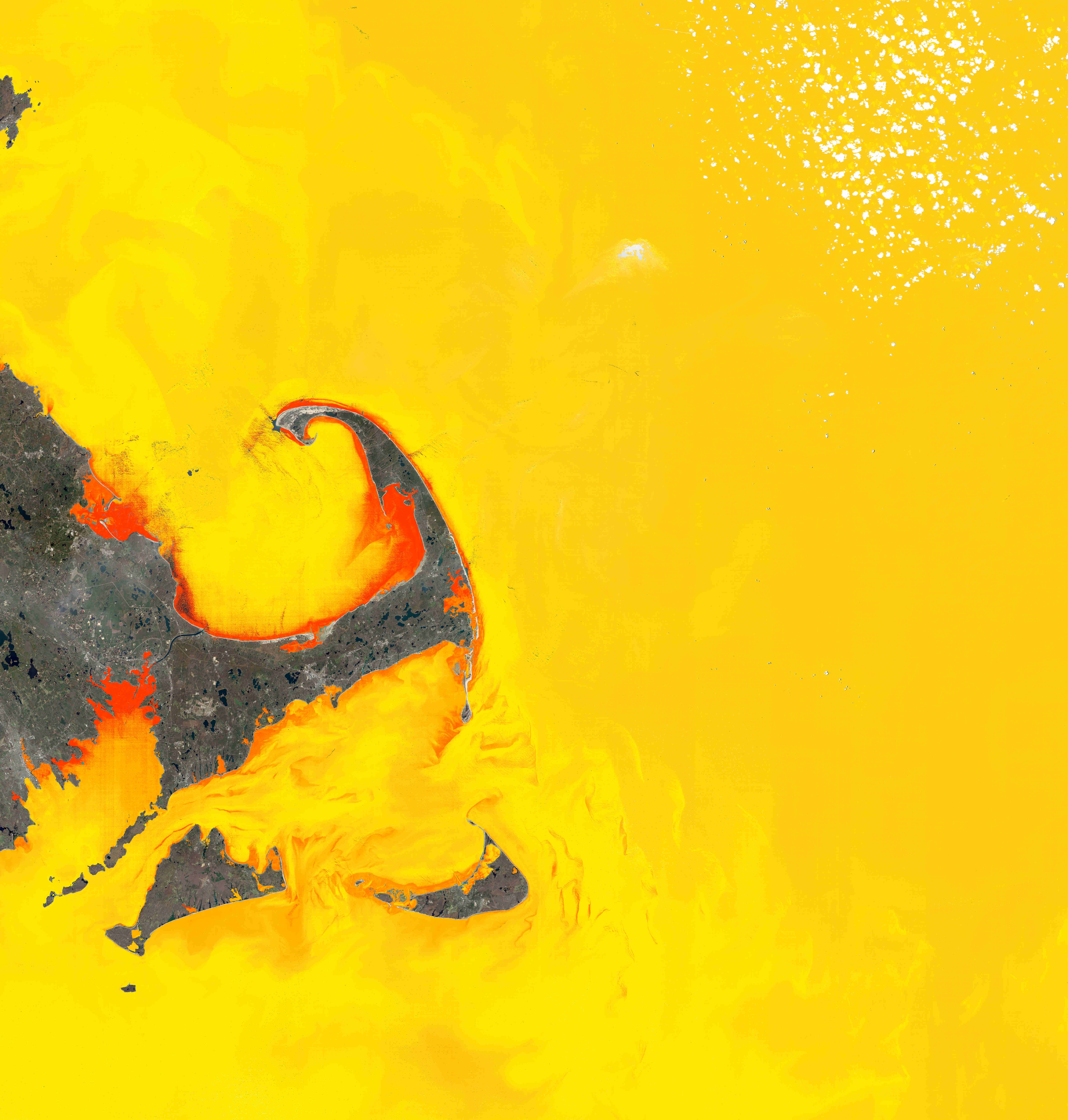
◾ dinoflagellates | Nov 4, 2019
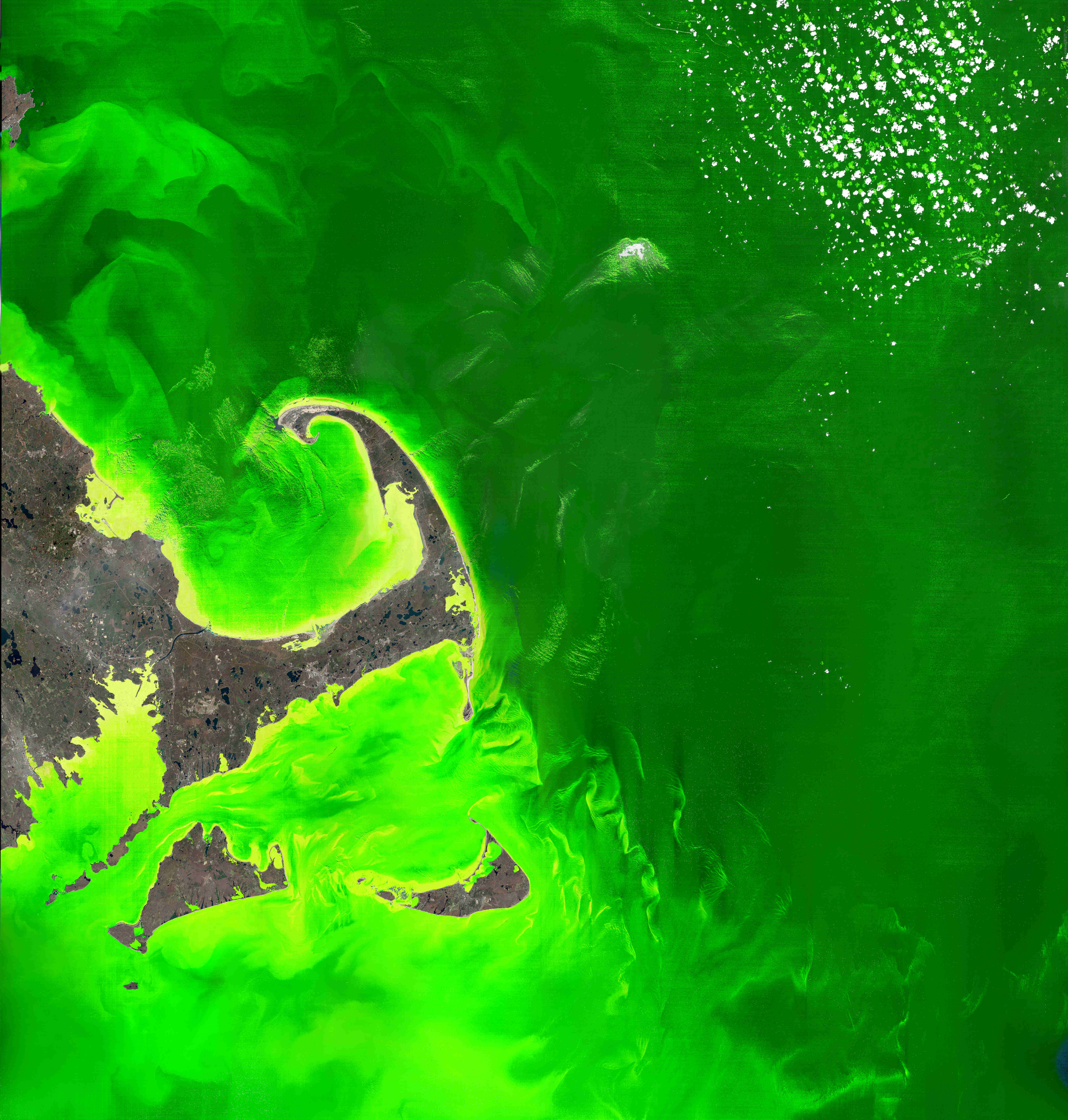
◾ green algae | Nov 4, 2019
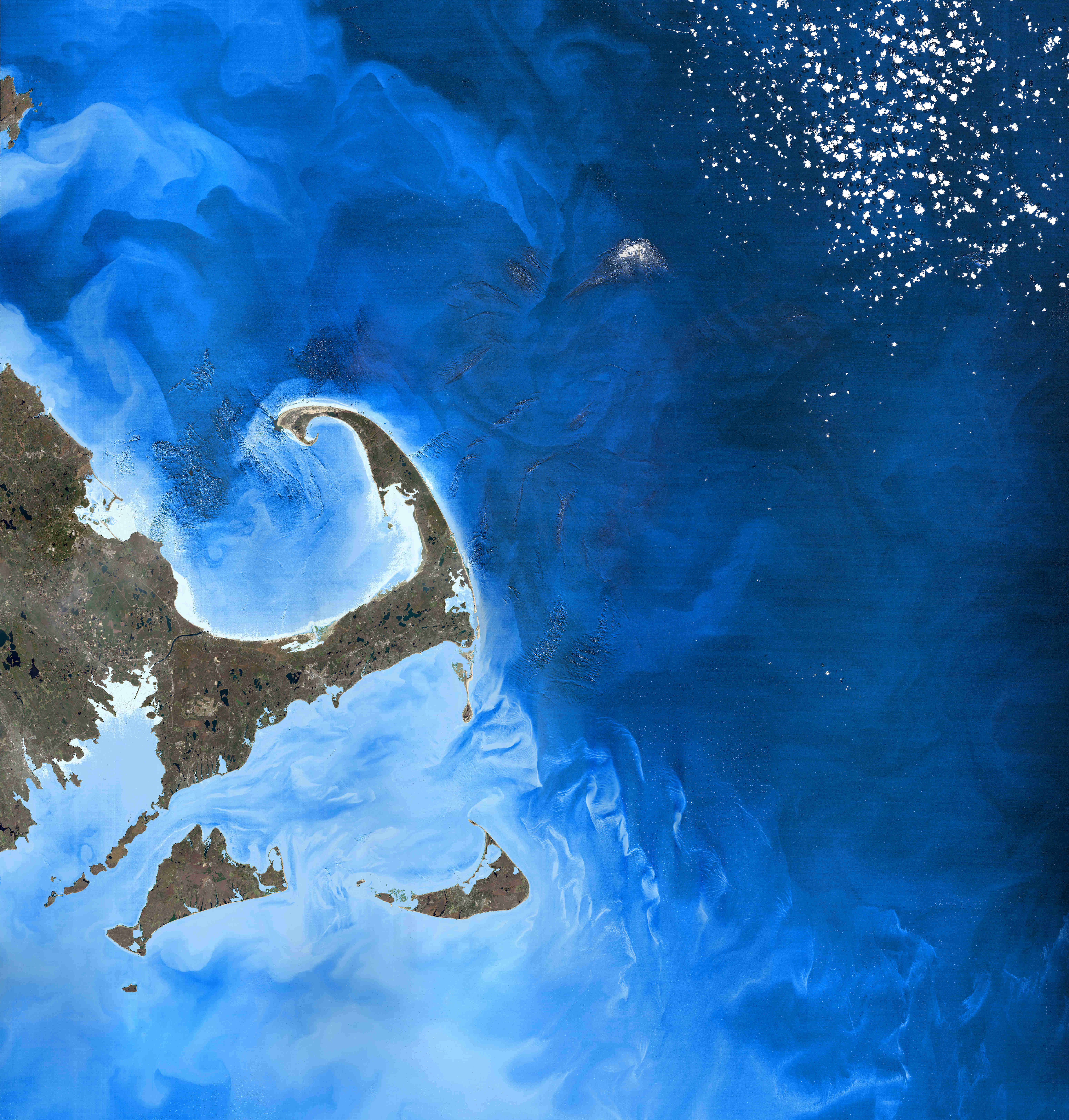
◾ prymnesiophytes | Nov 4, 2019





